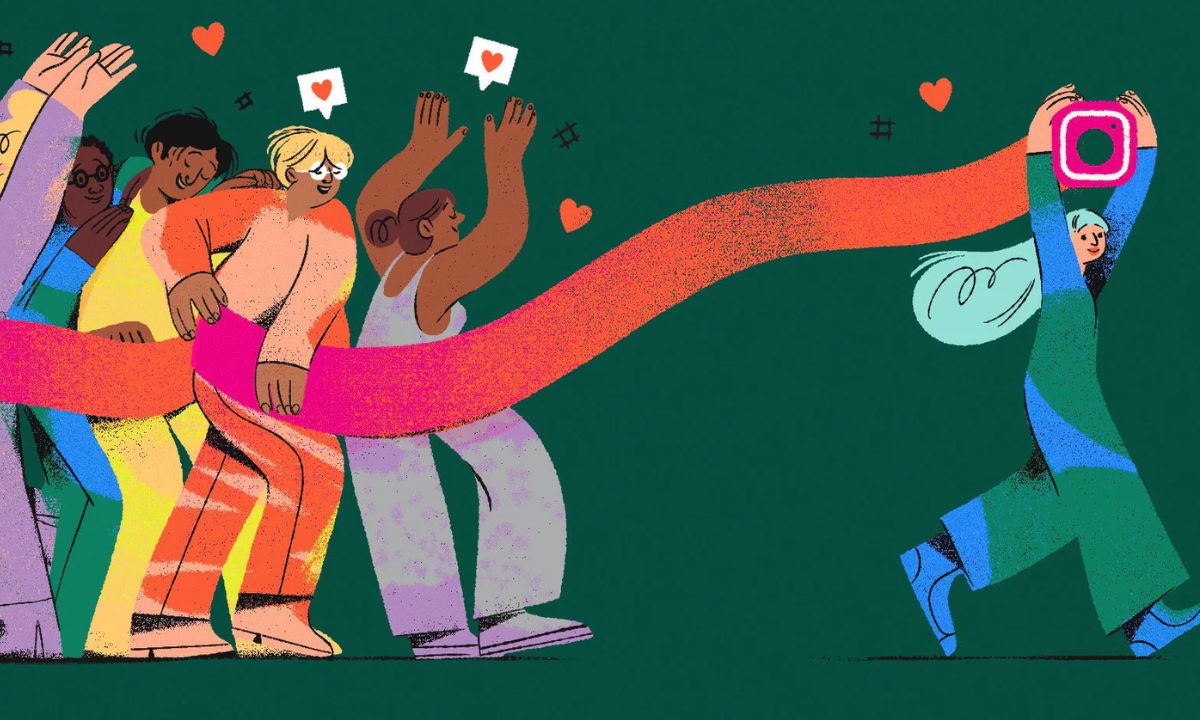TikTok has skyrocketed in popularity, with over a billion users in just a few years. The app has become the go-to place for discovering trends in fashion and more, often turning creators into overnight stars through viral videos.
Since its launch in 2016, TikTok has grown to be one of the fastest-growing social platforms, and its colorful music-note logo is recognized worldwide.
This iconic logo has stayed mostly the same over the years, with only a few tweaks. Let’s look into the history, meaning, and why the TikTok logo is such a perfect fit for the brand.
The history of the TikTok logo
TikTok’s journey began in 2016 when ByteDance, a Chinese company, launched an app called A.me for creating and sharing short videos. Just three months later, it was renamed Douyin.
In 2017, ByteDance took Douyin global under the name TikTok. That year itself, ByteDance took over Musical.ly, a Shanghai-based app with a U.S. office in Santa Monica. Musical.ly, popular for its lip-syncing videos, already had a strong U.S. user base. ByteDance merged Musical.ly’s features into TikTok, using the acquisition to expand into the U.S. market.
The Douyin logo, created by an unnamed designer, started as a simple “d” shape resembling a musical note. It featured black or white backgrounds with fuchsia and cyan accents to build a sense of movement.
When TikTok launched internationally in 2017, ByteDance added the app’s name to the logo. Originally written as “Tik Tok” in a basic sans-serif font, it evolved in 2018 into the sleek wordmark we see today. The updated design features a cyan and fuchsia effect on the “o,” tying it visually to the logo’s glyph.
Unlike other brands that go through major rebrands as they grow (like Instagram), TikTok’s designers wisely kept their logo consistent. Its simplicity and effectiveness have worked from the start, proving there’s no need to fix what isn’t broken.
The meaning behind the TikTok logo
Unlike many social media companies that hire big design agencies, ByteDance took a different approach to TikTok. The app’s logo was created by an unnamed designer. According to TikTok, this young designer, a fan of concerts and rock music, wanted the logo to reflect the virtual stage TikTok offers to engage its audience.
The design draws inspiration from the contrast between a dark concert arena and the bright stage lights. This idea is represented by the logo’s black core and vibrant cyan and fuchsia accents around the central music note. The name “Douyin,” which means “shaking sound” or “shaking music,” is also reflected in the logo’s dynamic design. Additionally, the musical note resembles a lowercase “d,” tying it to the app’s Romanized name.
Why the TikTok logo works
What makes the TikTok logo so effective, and how did an amateur designer create something that has taken the brand to new heights? Let’s explore its clever design and color choices.
The logo uses bold black and white as its base, accented with bright cyan and fuchsia. These vibrant colors catch the eye and add a sense of energy, giving the logo a dynamic feel. They even mimic the look of 3D anaglyph images, creating depth without needing 3D glasses.
The design is memorable and intriguing. The shape hints at a musical note, the colors evoke a lively concert stage, and the clean lines and sharp font give it a modern, fresh vibe.
A logo that gets people talking is powerful for building brand awareness. TikTok’s decision to keep its logo mostly unchanged over the years has made it instantly recognizable, helping solidify its identity and connect with users worldwide.









